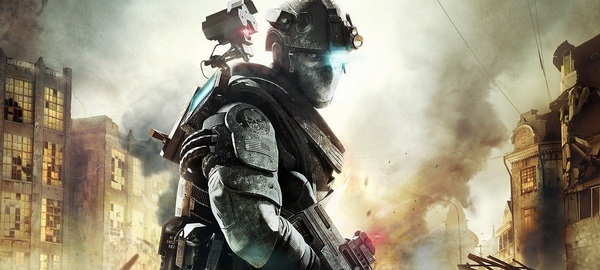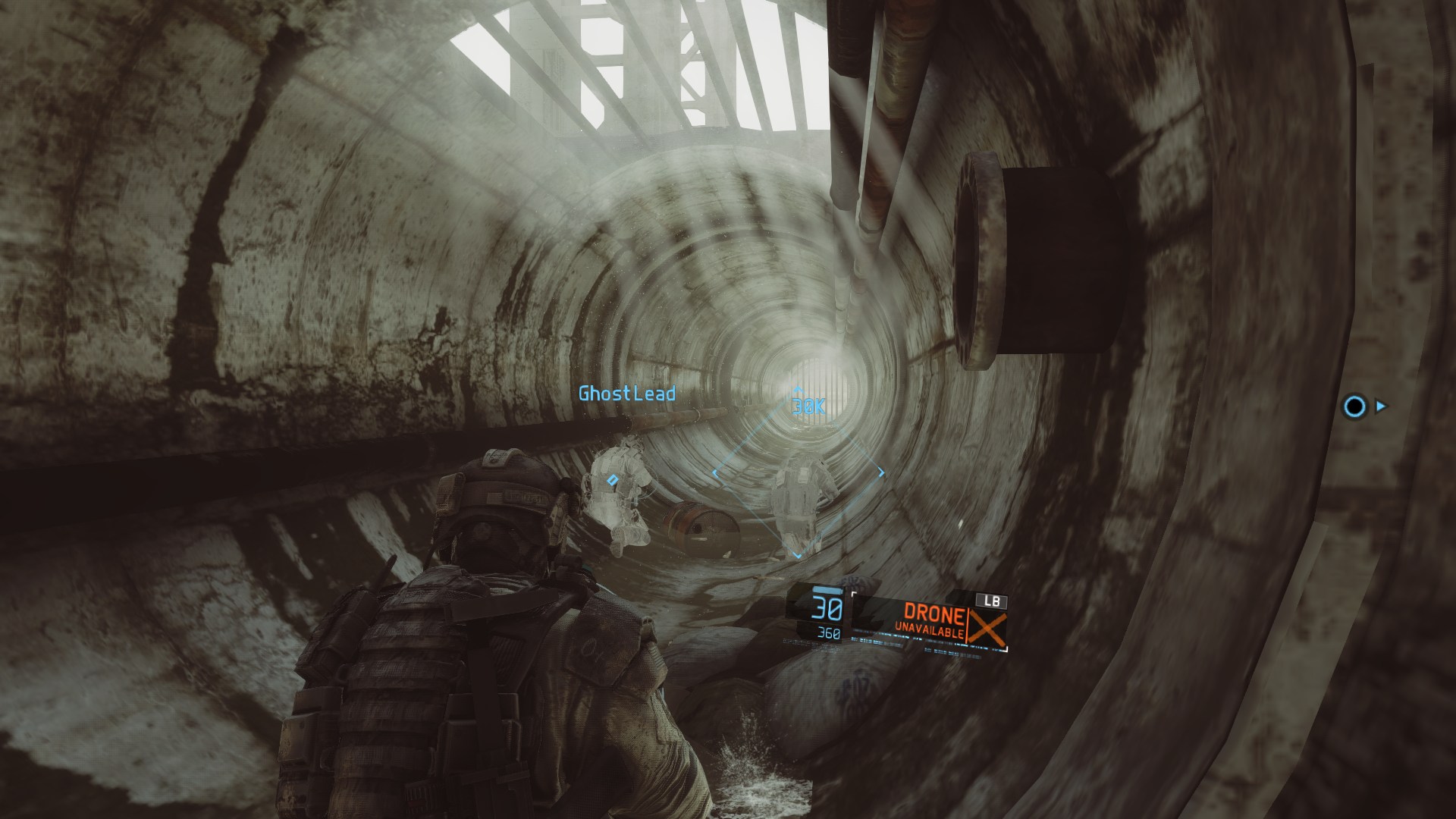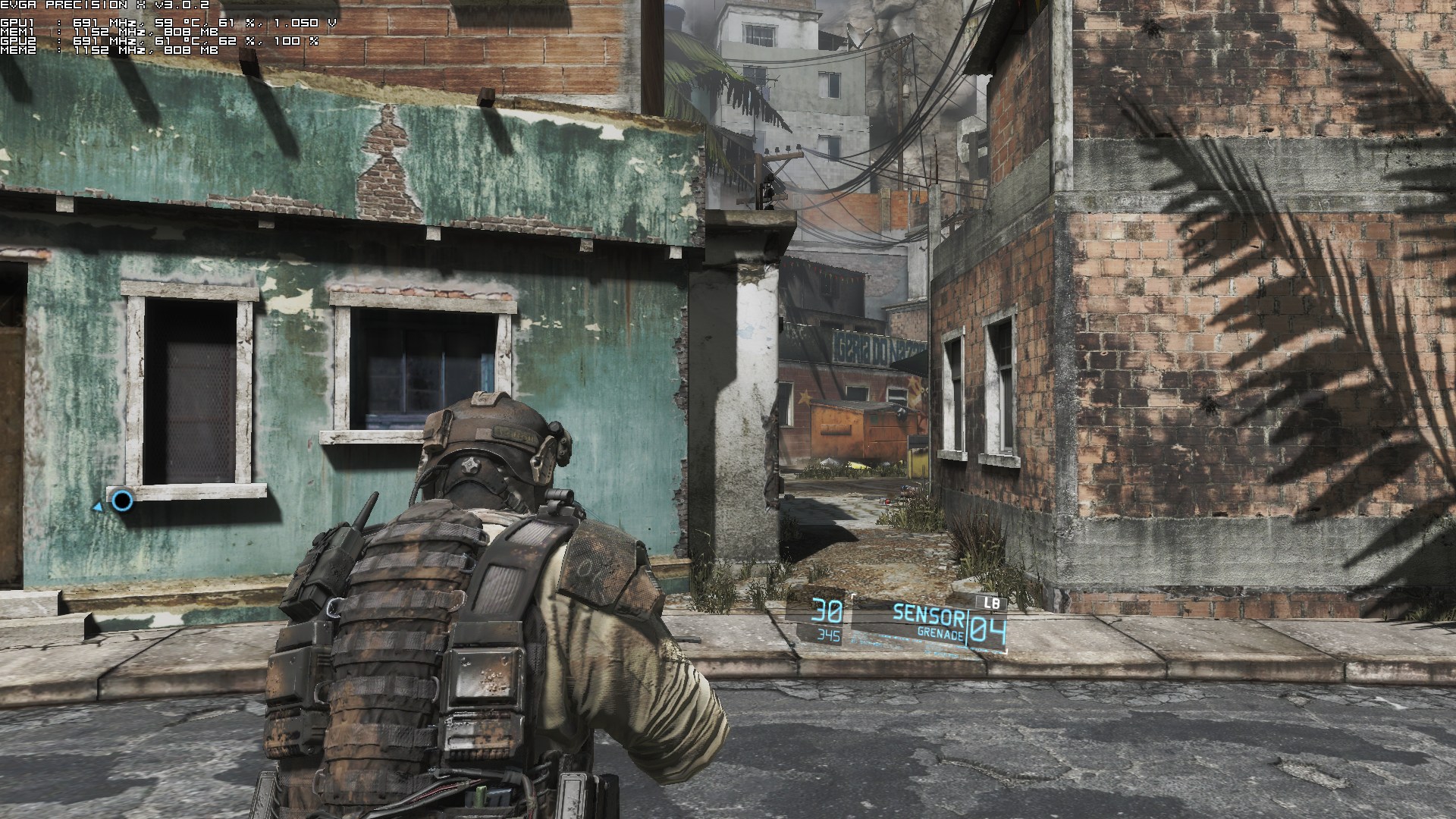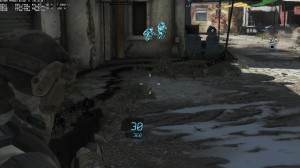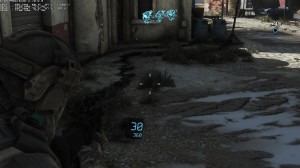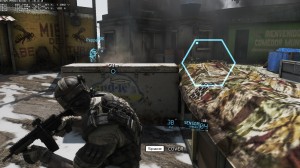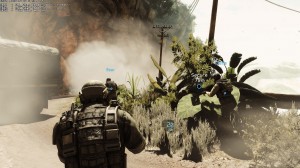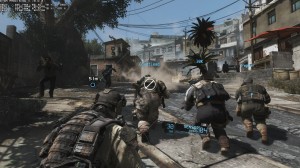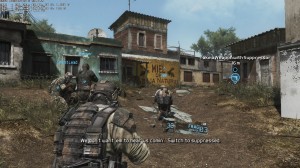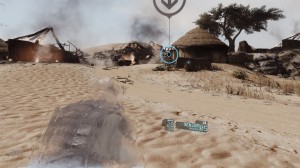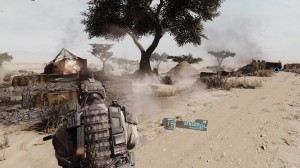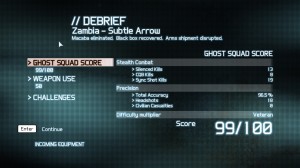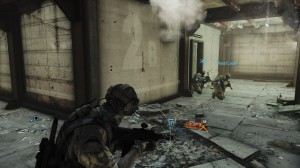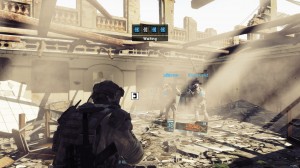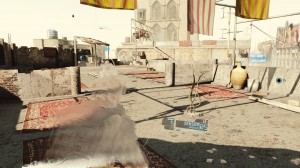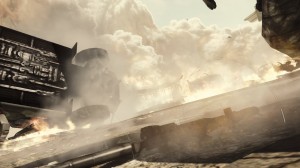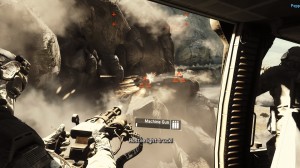Man, how things have changed. Back in the days, Ghost Recon was a tactical FPS franchise that took place in large, outdoor environments. Fast forward a couple of years and here we are today with a third-person action game that features minimal squad elements and feels more like a Splinter Cell than a Ghost Recon title. Ironic but as you may have heard, this is not the Ghost Recon you knew and fell in love with. In fact, the PC versions of the GRAW games is way more tactical than this last offering, and you do know that GRAW was already a dumbed down version of Ghost Recon.
In order to justify the PC delay, Ubisoft has added some additional graphical features. As the company has stated, the PC version is packed with DX11 renderer, new Hi-Quality Assets, new Post Process Effects, multi-monitor solutions support, and TriDef stereoscopic support. Therefore, it is time to put this third-person shooter to the test. As always, we used an overclocked Q9650 (at 4.2Ghz) with 4GB, an Nvidia GTX295, Windows 7-64Bit and the latest GeForce ForceWare drivers.
Nvidia has already included an SLI profile for it in the latest drivers, meaning that PC gamers won’t have to mess around with Nvidia Inspector Tool. In case – for whatever reason – your game profile has not been updated though, you can use the ‘0x000000F5’ Compatibility Bits to enable SLI. We should also note that Nvidia has done an amazing job, as the SLI scaling is great.
Ghost Recon: Future Soldier’s engine is definitely not optimized for multi-cores and PCs, despite Ubisoft’s earlier claims about it. Since the patched versions are bugged, we blocked the auto-updater and tested the initial, 1.0 version. According to Ubisoft’s community manager, a new patch will be released next week that will update your game’s version to 1.03 and will hopefully fix all those broken issues that were introduced with the previous patches.
Ghost Recon: Future Soldier suffers from low performance. Naturally, this wouldn’t be an issue if the game pushed the graphical boundaries, however, Future Soldier looks – and runs – worse than Max Payne 3. Ambient Occlusion introduces a major performance hit. What’s ironic here is that it doesn’t look as good as we’d hoped to. There are games with better AO effects, and we’re surprised that Ubisoft did not include any option to lower the quality of that effect. Apart from that, Tessellation and Global Illumination are only available on DX11.
Ubisoft stated that they would be using high-quality assets, therefore we expected to see textures of similar quality with the ones found in Max Payne 3. Needless to say that we were disappointed with the game’s visuals, as all textures are blurry as hell. If that’s what Ubisoft claims to be ‘high quality assets’, we seriously don’t know how we should name MaLDo’s textures for Crysis 2. Suber-uber-wow-jaw_drops_to_the_floor-HD_all_the_way_baby textures?
As we said, Future Soldier doesn’t take full advantage of multi-cores and suffers from performance issues. Take a look at the following image. This scene was running with 40fps at 1080p with max DX10 settings. SLI scaling in that particular scene was around 60%, suggesting we’re CPU limited. As we have showcased though, the game scales well on quad-cores but does not take advantage of them. When we tried to simulate a dual-core system, we witnessed a 9fps hit. We should also note that there are no NPCs at the background. In fact, there is nothing in that scene that would – normally – stress the CPU. This is simply bad coding, something that was present in all previous Assassin’s Creed games. It’s a bit ironic that both the Anvil and the YETI engine suffer from the same performance issues. And if you still think that this Future Soldier’s performance is not due to bad coding, we suggest you purchase MP3 and see for yourselves what a proper, optimized PC game actually is.
All in all, Ghost Recon: Future Soldier is a technical mess. Make no mistake, the game is playable and there are no major framerate drops when AO is disabled. With AO enabled though, our framerate dropped to mid 20s at some places, something that is unacceptable for this kind of visuals. Generally speaking, the game should perform better, proving that Ubisoft did not put a lot of work into it. Merely supporting various effects and lying for using higher quality assets is definitely something that should not be happening these days. Ghost Recon: Future Soldier is a typical third-person game and it’s nowhere close to the tactical gameplay of the older Ghost Recon titles or the PC versions of GRAW. This is a Michael Bay edition of Ghost Recon and although some missions can be enjoyable, the game feels more like a futuristic sequel to Splinter Cell.
Enjoy!

John is the founder and Editor in Chief at DSOGaming. He is a PC gaming fan and highly supports the modding and indie communities. Before creating DSOGaming, John worked on numerous gaming websites. While he is a die-hard PC gamer, his gaming roots can be found on consoles. John loved – and still does – the 16-bit consoles, and considers SNES to be one of the best consoles. Still, the PC platform won him over consoles. That was mainly due to 3DFX and its iconic dedicated 3D accelerator graphics card, Voodoo 2. John has also written a higher degree thesis on the “The Evolution of PC graphics cards.”
Contact: Email

